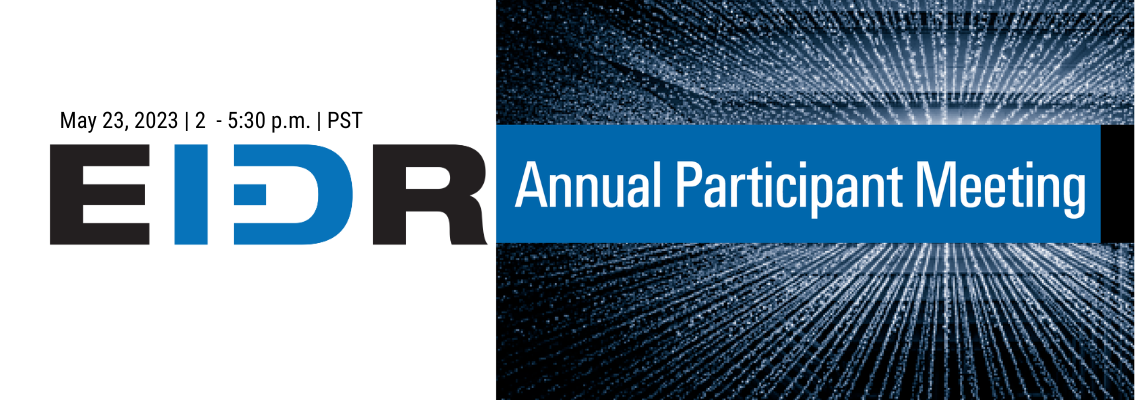The media and entertainment (M&E) industry is large, bringing in more than $2 trillion dollars annually. In addition to being a significant financial engine, the industry also represents a primary source of cultural identify and collective memory for people around the world. We learn much about past civilizations from the art they’ve left behind, starting with the first self-portrait on a cave wall at El Castillo.[1] Painting, sculpture, literature, and architecture have been with us for thousands of years, but these are all inherently static. Since 1878, with Eadweard Muybridge’s photographic studies of a galloping horse,[2] we’ve been documenting our world in motion.
If we want to learn more about who we were in 1905, we can turn to motion pictures to see people as they were and the environments around them. Not only can we study the images, but we can also consider what subjects they chose to record as further insight into what they thought about themselves and each other.
You could say that commercial media only exists to make money and trying to attach more importance to it is a pointless exercise. Few filmmakers were clearly in it just for the money than Ed Wood, yet surprising things can still be learned from studying his films.[3] When Harry Met Sally[4] is a delightful romantic comedy, but it is also an enduring document of fashions, attitudes, and New York City in the late 1980s.
Journalistic film criticism (typically, film reviews) and scholarly film criticism (a.k.a., “film theory” or “film studies”) began in the early 1900s,[5] establishing cinema as the “seventh art” (those being: painting, sculpture, literature, architecture, cinema, music, and theater). Along with scholarly writing comes the need for scholarly citation to:[6]
- Avoid plagiarism and maintain academic integrity
- Acknowledge the work of others
- Provide credibility to your work & to place your work in context
- Help your future researching self & other researchers easily locate sources
Citation formats and standards are well established for print works (books, journals, and articles), making particular use of DOI identifiers to provide clear and unambiguous reference to the cited work. Classroom Caffeine joined EIDR[7] specifically to support DOI-based citation for the materials covered in their academic podcast. Now, EIDR has added citation formatting as a direct service for the global academic community to provide accurate and durable identification of audiovisual source materials and to encourage their use in scholarly study.
Anyone can go to the DOI Citation Formatter, enter an EIDR ID, select from 100s of citation styles, and have their footnote or bibliography entry automatically generated for them.[8] For the slightly more ambitious, you can make a direct call to the EIDR API Proxy service.[9] Just change the output Format from “json” to “x-bibliography” (with optional Style and Locale). For media citation – referencing third-party audiovisual content included in a new audiovisual work – an EIDR Content ID record can include any number of composite links back to the included source materials.
Taken together, EIDR now provides a complete scholarly citation and usage reference service.
[1] Ripoll, Sergio, Vicente Bayarri, Francisco J. Muñoz, Ricardo Ortega, Elena Castillo, José Latova, Jesús Herrera, David Moreno-Salinas, and Ignacio Martín. “Hands Stencils in El Castillo Cave (Puente Viesgo, Cantabria, Spain). An Interdisciplinary Study.” Proceedings of the Prehistoric Society. Cambridge University Press (CUP), October 11, 2021. https://doi.org/10.1017/ppr.2021.11.
[2] Muybridge, Eadweard. Sallie Gardner at a Gallop, 1878. https://doi.org/10.5240/9752-46B8-CE37-64B9-C5AD-X.
[3] Bartlett, Becky. “Madman, Genius, Hack, Auteur?: Intertextuality, Extratextuality, and Intention in ‘Ed Wood Films’ afterPlan 9 From Outer Space.” Continuum. Informa UK Limited, October 21, 2019. https://doi.org/10.1080/10304312.2019.1677979.
[4] Reiner, Rob, and Steve Nicolaides. When Harry Met Sally…, 1989. https://doi.org/10.5240/7D96-772F-ED4A-4A70-6342-U.
[5] Battaglia, James. “Everyone’s a Critic: Film Criticism Through History and Into the Digital Age.” Thesis, The College at Brockport, 2021. http://hdl.handle.net/20.500.12648/6777
[6] Teaching & Learning, Ohio State University Libraries. “Chosing & Using Sources: A Guide to Academic Research.” The Ohio State University. https://ohiostate.pressbooks.pub/choosingsources/
[7] EIDR being part of the DOI family of ISO-standard identifiers. See https://www.doi.org/.
[8] The citations in this article were produced by the DOI Citation Formatter.
[9] As an ID resolution service, scholarly citation formatting is available free for public use.

